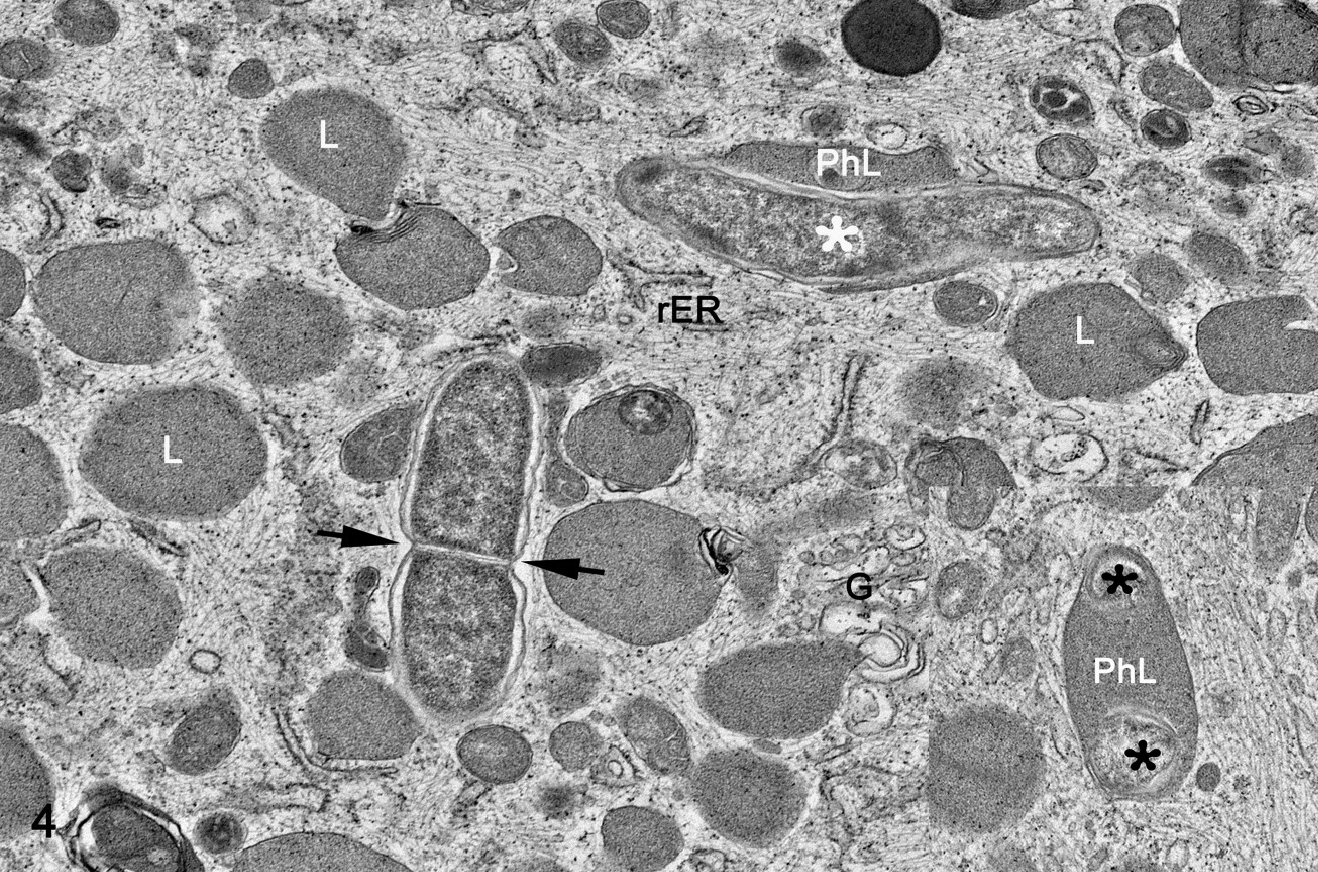Research roundup: How does the bacterium behind proliferative enteropathy disease in pigs infect host immune cells?
August 21, 2020

Lawsonia intracellularis, a type of bacteria that lives in the cells that line a pig’s intestine, causes proliferative enteropathy disease, which is one of the most prevalent diseases in pigs in the United States. While researchers know that L. intracellularis may also be found within macrophages — immune cells that play an important role in host defense against infection — the role of macrophages in L. intracellularis infection is not well understood. Talita Pilar Resende, PhD candidate; Aníbal Armién, DVM, MS; Fabio Vannucci, DVM, PhD, MS; and Connie Gebhart, PhD, recently collaborated with scientists from the Universidade Federal de Minas Gerais Veterinary School on a study that set out to better understand how macrophages are infected with L. intracellularis. Their findings were the first to show interaction, survival, and propagation of L. intracellularis in macrophages, establishing a model for future studies of the pathogenesis of porcine proliferative enteropathy and the potential persistence of L. intracellularis in macrophages during chronic infections in swine. This work was supported by the Fundação de Amparo à Pesquisa do Estado de Minas Gerais (APQ-02189-13).
Read more in the July 31 paper published in PLOS ONE.
Photo caption: L. intracellularis multiplying inside a macrophage, denoted by arrows.
Photo provided by the researchers


